115 Years, 115 Impactful Moments
Click to play USC Viterbi's 115th anniversary trivia game
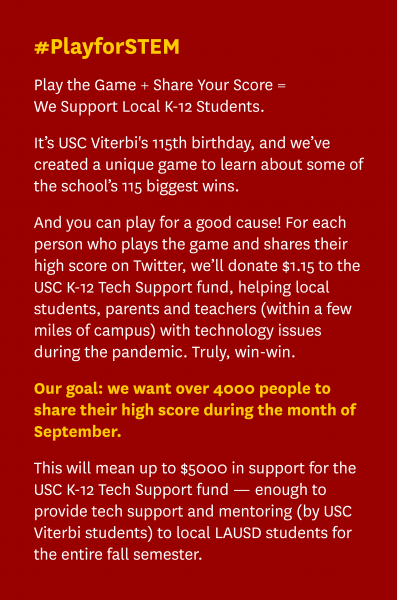 In 1905, USC offered its very first engineering courses out of the physics and mathematics departments.
In 1905, USC offered its very first engineering courses out of the physics and mathematics departments.
One hundred and fifteen years later, the USC Viterbi School of Engineering has a name and a host of accomplishments over the ensuing 11.5 decades.
This past May, Dean Yannis Yortsos, working with USC Viterbi vice deans, chairs, and select senior faculty, sought to identify 115 amazing USC Viterbi accomplishments by faculty, students and alumni over that span of time. This list would span all eight departments, the famed USC Information Sciences Institute and various programs of the school.
This list, like many of its kind, suffers from a clear recency bias. It is by no means the definitive list of all the USC Viterbi School’s noteworthy accomplishments! However, despite these limitations, perhaps it will serve as a helpful primer on what George Bekey, USC Viterbi professor emeritus, once called the school’s “remarkable trajectory.”
Test your knowledge of these USC Viterbi “wins” in a “Who Wants To be A Millionaire”-style interactive game above.
Or, for those who prefer to dive right in…the full list of 115 accomplishments for 115 years awaits.
1981-2000
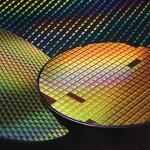
In 1981, ISI's Danny Cohen creates the breakthrough Metal Oxide Semiconductor Implementation Service (MOSIS).
Likely the world’s first e-commerce site, MOSIS slashes chip production costs by consolidating multiple customers’ projects onto shared wafers.
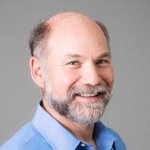
In 1997, ISI's Carl Kesselman, in partnership with Argonne National Laboratory and University of Chicago colleagues, creates grid computing, the prototype for the now-standard Globus open-source software.
Grid computing becomes fundamental to genetics and other data-intensive research, and has so far contributed to a Nobel Peace Prize and two Nobel Prizes in Physics.
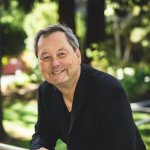
The internet's pivotal Domain Name System (DNS) is invented by ISI researcher Paul Mockapetris in 1983.
The DNS works as a phone book directory for the internet, automatically translating text addresses, which humans can understand and remember, to numerical addresses that computers can understand.
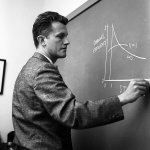
In 1988, the USC Systems Architecting and Engineering program was created by ISE faculty member, Eberhardt Rechtin, the father of the NASA Jet Propulsion Lab Deep Space Network.
It becomes one of USC Viterbi’s most important DEN programs serving aerospace industries.

In 1999 and 2003, the Daniel J. Epstein Department of Industrial and Systems Engineering establishes two nationally-funded interdisciplinary research centers, the National Center for Metropolitan Transportation Research (METRANS), and the Center for Risk and Economic analysis of Terrorism Events (CREATE).
CREATE becomes the Department of Homeland Security’s first University Center of Excellence.
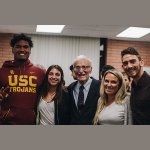
In 1984, Al Dorman, M.S. CE '62, became the founding chairman and first CEO of AECOM Technology Corp, a top-ranked engineering design firm that generated over $20 billion operating in 100 countries in 2019.
Dorman’s most famous early work was the design and construction of Disneyland.
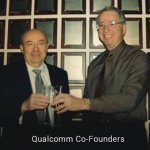
Co-founded by Andrew Viterbi (Ph.D. EE ’62) in 1985, Qualcomm becomes one of the foremost developers of wireless telecommunications products and services; became world’s leading mobile chipset provider in 2007.
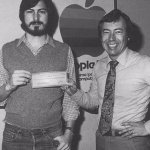
In 1977, A.C. “Mike” Markkula Jr. (B.S. EE ’64 and M.S. EE ’66) becomes the co-founder and first investor in Apple. He plays a critical role in helping to build Apple into a Fortune 500 company in less than five years.

Amid intense competition, USC engineering wins its first National Science Foundation-funded Engineering Research Center in 1996, the Integrated Media Systems Center (IMSC). The center is lead by future dean, Provost and President, C.L. Max Nikias.
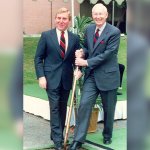
Under the leadership of Dean Len Silverman, the Howard Hughes Electrical Engineering Building and the Charles Lee Powell Hall buildings are established. The buildings provide a home for the systems and electrophysics subsets of the Ming Hsieh Department of Electrical and Computer Engineering.
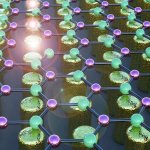
In 1992, USC Viterbi’s position as a photonics research center was strengthened by the dedication of two laboratories: The W.M. Keck Foundation Photonics Reserach Laboratory and the Charles Lee Powell Photonics Instructional Laboratory.
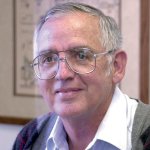
In 1996, Professor Bob Scholtz founded the Ultrawideband Radio Laboratory (UltRa Lab), a highly influential lab, which, for nearly a quarter century, has promoted the study of ultra-wideband radio technology.
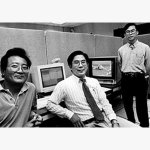
Between 1995 and 2020, Jay Kuo and his alumni contributed immensely to the evolution of MPEG compression standards for video transmission via the Internet.
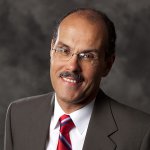
In 1990, Aluizio Prata, who specializes in electromagnetic radiation and antennas for radio communications, is believed to be the first Hispanic American appointed to the tenure track with primary appointment in engineering at USC Viterbi.
He later became the first Hispanic American to become tenured in engineering.
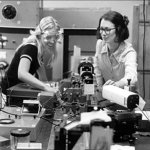
In 1981, Elsa Garmire, an early pioneer in laser technology and a non-linear optics expert, became the first woman to become a tenured full professor in the school’s history.
She later became the first woman to hold an endowed chair in engineering. A member of the National Academy of Engineering (NAE), she left USC in 1995 to serve as dean of the Thayer School of Engineering at Dartmouth College.
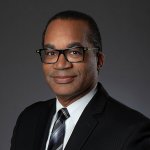
In 1993, Timothy Pinkston became the first African American appointed to tenure track at USC Viterbi.
He subsequently became the first African American to be promoted to full professor and be appointed as a vice dean at USC Viterbi. In 2019, Stacey Finely became the first African American woman to receive tenure in USC Viterbi history. Professor Finely launched the Center for Computational Modeling of Cancer. Both were the first African-American faculty at USC Viterbi to receive endowed chairs.
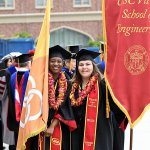
In 1922, Maude Milnes, a civil engineer, became the first woman to receive a USC engineering degree.
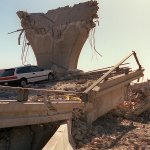
After the devastating Northridge earthquake in 1994, USC civil engineers, including Professor Victor Weingarten, developed new finite element techniques to simulate steel-and-concrete, beam-column structural connections and their potential failure, a real benefit to developers.
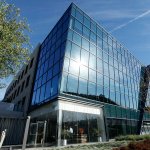
In 1999, the USC Institute for Creative Technologies was established with funding from the US Army to develop award-winning advanced immersive experiences.
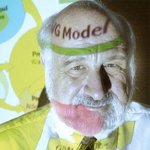
During the ’90s, Michael Arbib led the development of Neural Simulation Language (NSL) to model behavior and thought, including realistic modeling of macroscopic brain structures.
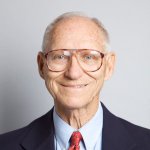
In 1981, Barry Boehm created the now-standard “constructive cost model,” a model for estimating effort, cost and schedule of software projects.
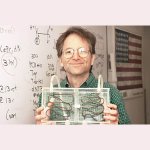
In 1994, Leonard Adleman, who coined the term “computer virus,” invented DNA computing, which involves performing computations using biological molecules rather than traditional silicon chips.
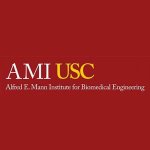
In 1998, thanks to a generous donation by Alfred Mann, USC established the Alfred E Mann Institute for Biomedical Engineering (AMI) to transform scientific discoveries into useful products.

The USC Biomedical Simulations Resource (BMSR), USC Viterbi’s longest continuously funded NIH-research center, has since 1985 produced software like ADAPT, used in the development of Herceptin – the first biologic developed for the treatment of breast cancer, as well as Rituxan for treating non-Hodgkin’s lymphoma.

Twelve USC Viterbi alumni have journeyed beyond Earth’s atmosphere as NASA astronauts.
These include: Charlie Bolden, former NASA administrator, who flew on four space shuttle missions; and Nancy Currie-Gregg, who flew in four space shuttle missions, accruing 1,000 hours in space. In addition, Professor Garett Reisman spent 95 days aboard the International Space Station after which he returned to Earth aboard the Space Shuttle Discovery in 2008. Professor Paul Ronney, now AME department chair, was selected as an alternate payload specialist astronaut. His experiments flew on two Columbia Space Shuttle missions in 1997 (the mission he was backup for) and one in 2003.
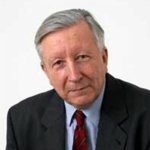
Terence Langdon, who served as a professor in three USC departments, elongated metals by a record 7000% in the 1980s.
His research focused on creep, superplasticity and UFG materials and he published over 1,000 peer-reviewed papers.
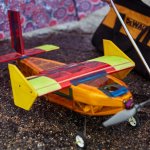
The USC AeroDesign Team won the AIAA Design/Build/Fly competition in 1998, 2014, 2017, and 2020.
It also won best report three years in a row (2018, 2019, 2020). The contest is an annual opportunity for student teams to design, build and demo the flight capabilities of an unmanned, electric powered, radio controlled aircraft, specific to a particular mission profile released by the AIAA each year.

In 1988, Patrick Huerre and Larry Redekopp, professors in the Department of Aerospace and Mechanical Engineering, published a seminal work in “Phys. Rev. Letters” defining the fundamental mechanism for onset of global instability and frequency selection criteria in hydrodynamic flows.



